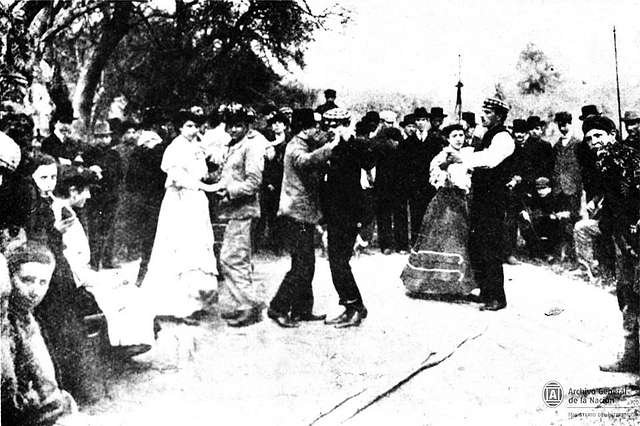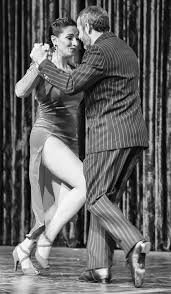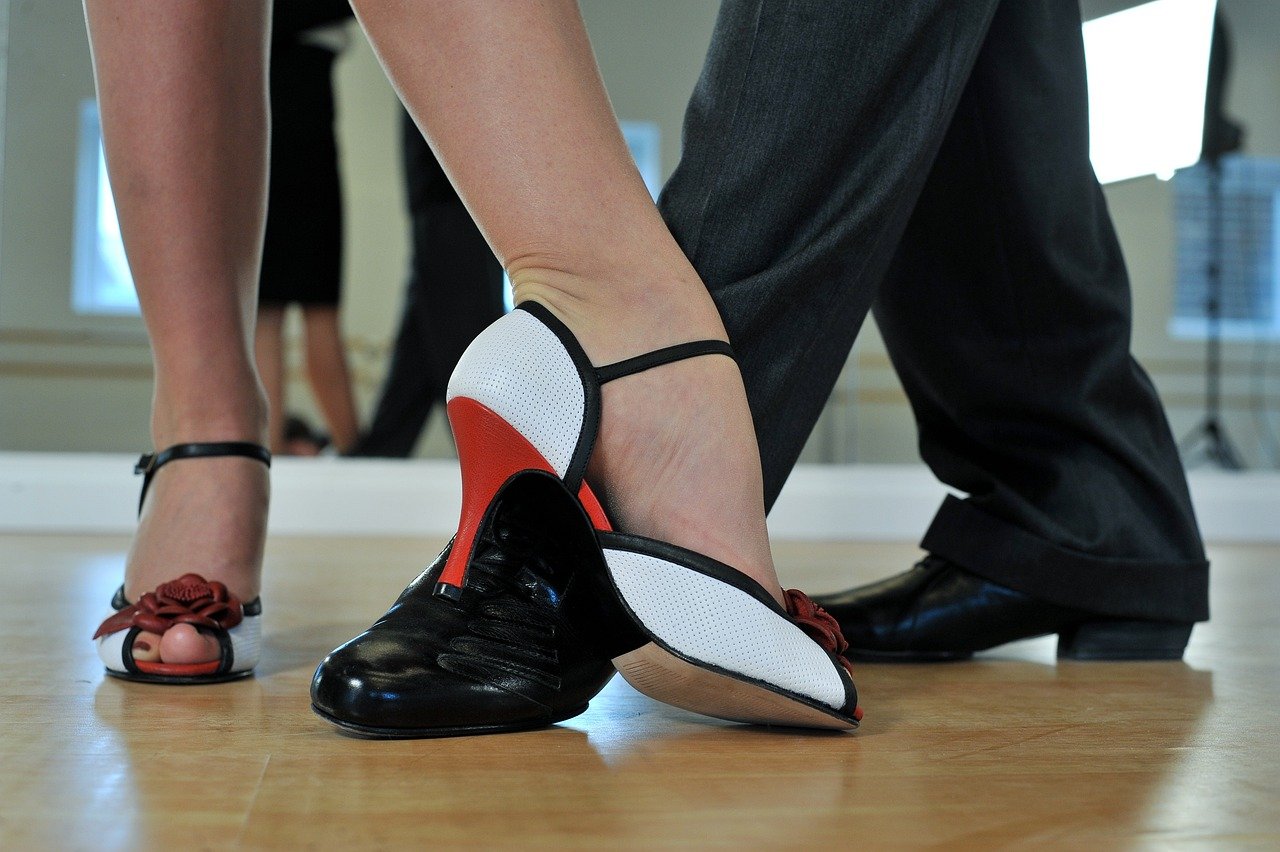Cultural Significance of the Argentine Tango
Tango is a music and dance style that had its beginnings in the working-class neighborhoods of Buenos Aires and Montevideo, Uruguay, in the late 19th century. It has since become an iconic part of Argentine culture and has gained popularity worldwide. In this article, we will explore the history and cultural significance of tango in Argentina.
History of Tango
The origins of tango are somewhat unclear, but it is believed to have emerged from a mix of different musical styles, including African rhythms, European ballroom dances, and local folk music. It was originally danced in Buenos Aires streets and brothels but eventually made its way into the city's high society dance halls.
Tango began in the late 19th and early 20th centuries, when Buenos Aires was a melting pot of different cultures, with immigrants from Europe and Africa bringing their own musical and dance traditions. The fusion of these different styles gave rise to tango, which was originally a dance for couples in close embrace, with intricate footwork and sensual movements.
During the early 20th century, Argentine tango music and dance became extremely popular in Europe, and many Argentine musicians and Tango dancers traveled there to perform. Tango also made its way to the United States, where it influenced the development of jazz music.
However, tango's popularity waned in the 1950s and 1960s. It was not until the 1980s that tango experienced a revival, with a new generation of musicians and dancers taking up the art form and bringing it back to the international stage.
Cultural Significance of Tango
Tango is not just a dance or a style of music - it is a symbol of Argentine identity and cultural heritage. The dance reflects the sensuality, passion, and resilience of the Argentine people, who have faced many challenges throughout their history.
Tango has also been a means of social and political commentary, with lyrics often addressing issues of poverty, immigration, and social inequality. Many of the early tango songs were written by immigrants, who used the music as a way to express their feelings of homesickness and alienation.
Tango also played an important role in the women's liberation movement in Argentina, with women dancers challenging traditional gender roles and asserting their independence on the dance floor. Tango became a way for women to express themselves freely, both physically and emotionally.
Today, the tango remains an important part of Argentine culture, and Buenos Aires is home to numerous tango clubs and shows. The city also hosts an annual Tango Festival and World Cup, which attracts participants and spectators from around the world.
Tango Music
Tango music is characterized by its distinctive rhythm, which is known as the "habanera" rhythm. It has a strong beat that emphasizes the second and fourth beats of a four-beat measure, giving it a driving and sensual quality.
Tango music is typically played by a small ensemble, which may include a bandoneon , violin, guitar, piano, tango accordion, and bass. The bandoneon is particularly important in tango music, as it provides the distinctive sound that is central to the genre.
Some of the most famous tango musicians include Carlos Gardel, Astor Piazzolla, and Osvaldo Pugliese. Piazzolla, in particular, is revered as a national icon in Argentina, and his songs are still widely played and sung today.
Tango Dance
Tango dance is characterized by its close embrace, with the partners holding each other closely and moving together in a smooth and fluid motion. Modern dance requires precise footwork, as the partners step and pivot around each other in a series of intricate patterns.
Argentine tango dance has several different styles, each with its own unique characteristics and techniques. Here are some of the most commonly recognized styles:
Salon Style Tango: This is the most traditional style of Andalusian tango and is characterized by its close embrace and fluid, elegant movements. It is typically danced in a small, confined space and emphasizes the connection between the partners.
Milonguero Style Tango: This style of tango is more improvisational and focuses on the connection between the partners rather than on flashy footwork. The Tango dance is noted for its intimate, close embrace and subtle movements.
Nuevo Tango: This is a modern style of tango that incorporates elements of other dance styles, such as jazz and contemporary dance. It is more fluid and expressive than traditional tango and often features complex footwork and acrobatic lifts.
Show Tango: This style of tango is designed for performance and is characterized by its theatrical, dramatic movements. It often features elaborate costumes and choreography and is popular in tango shows and competitions.
Orillero Tango: This style of tango started in the outskirts of Buenos Aires and is characterized by its more rustic, rough-hewn movements. It is typically danced in a more open embrace and emphasizes the connection between the partners' upper bodies.
Canyengue Tango: This is a more playful, strong tango rhythm style of tango that emphasizes syncopated footwork and hip movements. It is often danced in a more playful, flirtatious manner than other styles of tango.
These styles of tango are not mutually exclusive, and many dancers incorporate elements from multiple styles into their Argentine Tango dancing. However, each style has its own unique history and cultural significance and offers a different perspective on the rich tradition of Argentine tango.
Put on your shoes and dance, and don't forget that it takes two to tango.









